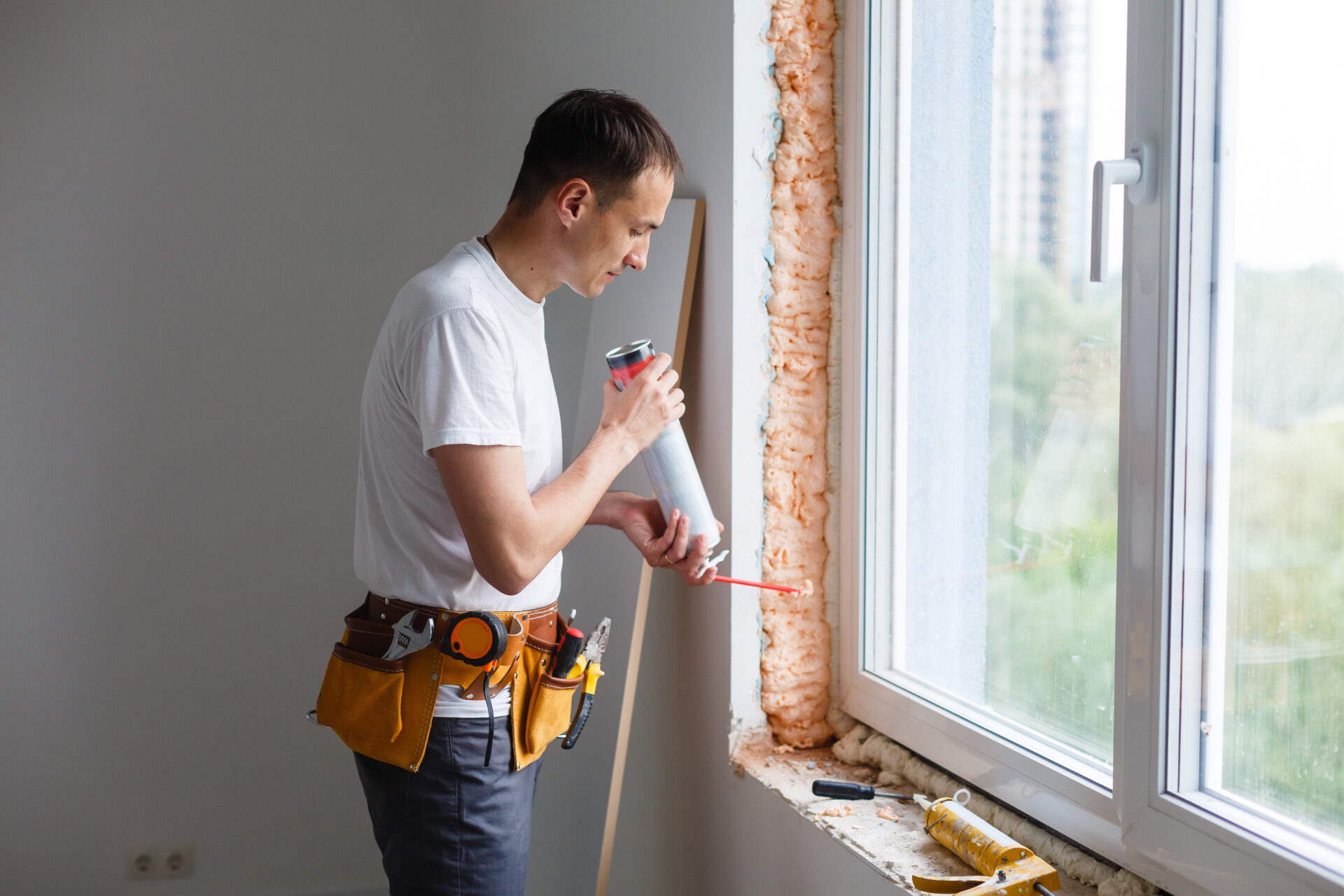Waterproofing is the treatment or process of making an object or structure waterproof or water-resistant so that it remains relatively unaffected by water. Waterproofing is used in a variety of applications, from buildings and bridges to clothing and electronic equipment.
Waterproofing can be achieved by applying a waterproof coating to the surface of an object or by impregnating the material with a waterproofing agent. Common waterproof coatings include paint, sealant, tiles, asphalt, and plastic. Waterproofing agents can be applied to porous materials such as concrete, brickwork, and stone to make them impermeable to water.

There are a number of different methods of waterproofing, each with its own advantages and disadvantages. The most appropriate method will depend on the particular application and the type of material to be waterproofed. Waterproofing agents are chemicals that are applied to porous materials to make them impermeable to water. They are often used on concrete and brickwork to prevent water from seeping through. However, they can be toxic and need to be applied by a professional.
Paint is a common waterproofing coating for wood and concrete surfaces. It is relatively cheap and easy to apply, but it needs to be reapplied regularly to maintain its effectiveness. In addition, sealant is another common waterproofing coating that can be applied to both porous and non-porous surfaces. The sealant forms a barrier that prevents water from penetrating the surface it is applied to. However, it is not as durable as paint and will need to be replaced more frequently.
Moreover, tiles are a popular choice for waterproofing bathrooms and kitchens, as they are impervious to water and easy to clean. However, they can be expensive and require professional installation. Asphalt is a waterproofing material that is often used on roofs. It is effective at keeping water out, but it can be difficult to apply and needs to be regularly maintained. Finally, plastic is another waterproofing material that can be used on a variety of surfaces. It is easy to apply and relatively inexpensive, but it is not as durable as some other materials and may need to be replaced more frequently.
Waterproofing can provide a number of benefits, depending on the particular application. In general, it can help to protect against water damage, extend the life of an object or structure, and improve its appearance. Waterproofing can help to prevent water damage by creating a barrier that stops water from coming into contact with the material it is applied to. This can be particularly important in areas that are prone to flooding or where there is a risk of leaks.
Waterproofing can also help to extend the life of an object or structure by protecting it from the effects of water. This is especially important for materials that are susceptible to corrosion, such as metal. Finally, waterproofing can improve the appearance of an object or structure by making it more resistant to staining and fading. This can be particularly important for materials that are visible from the outside, such as bricks and tiles.
